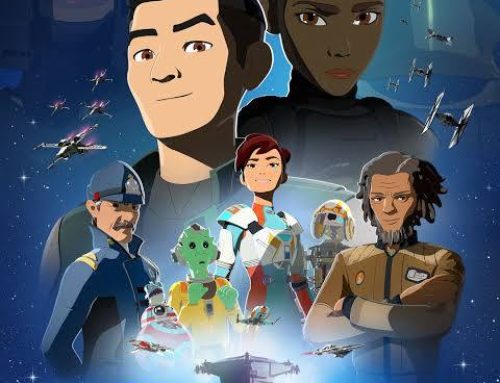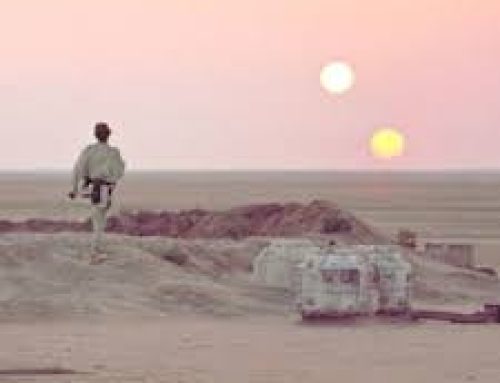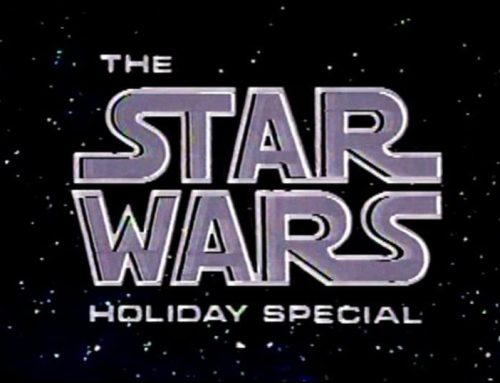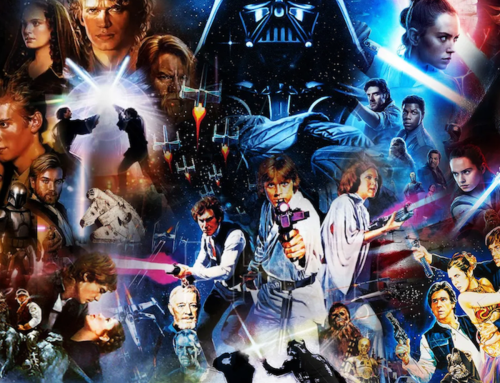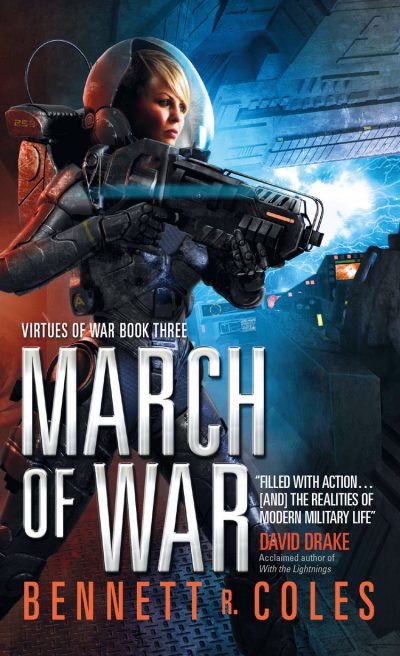What Went Wrong with the Star Wars Sequels: 7 Big Things to do Better
As a lifelong fan of Star Wars, it pains me to publicly criticize major elements of the franchise. I also never want to descend into being one of those fans – the toxic ones who make it their mission in life to vilify and destroy anything they disagree with. But even a couple of years later, I’m still struggling with the Star Wars Sequel Trilogy.
Criticizing the Star Wars Sequel Trilogy without being a jerk
Now I’m a fan, but I’m also an author, editor and screenwriter so I try to be sympathetic to my fellow artists and the perhaps-impossible task it was to create new Star Wars movies that everyone would like. I mean, let’s face it – no Star Wars movie was ever going to be appreciated by everyone. There are just too many divergent opinions and too much anger in the world today to hope for that.
But even so… The creators of the Star Wars Sequel Trilogy failed at some of the most basic steps required for good story-telling. Let’s take a look.
Sequel Trilogy Problem #1: Setting up mysteries with no solutions
Much has been made of J.J. Abrams and his preferred method of creating films: the “mystery box” where he introduces mysteries in his stories that entice the audience and leave them wanting more. Episode VII: The Force Awakens was full of these mysteries – What is Rey’s lineage? Who is Maz Kanata? How did Maz get Luke’s lightsaber? Who is Snoke? How did Kylo Ren turn to the Dark Side? Where is Luke Skywalker? – and taken in isolation these are a big part of the charm of Force Awakens: it promised so much fascinating potential.
The problem is, Episode VIII: The Last Jedi either ignored these mysteries completely (like Maz) or dismissed them (Rey’s parentage) or gave us an answer many fans hated (Luke’s fate). Episode IX: The Rise of Skywalker gave us a few more answers (Snoke was just a clone), but none of them were satisfactory and it heaped a whole bunch more mysteries on us without answer. Mysteries only work if they come with some sort of satisfying resolution, and these three films wound up a confused mess of unfinished business.
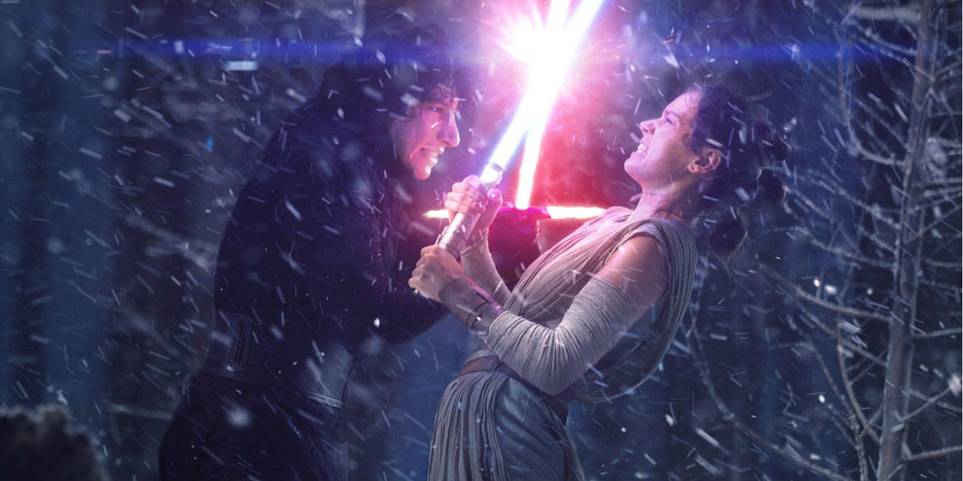
Source
Sequel Trilogy Problem #2: Shameless retconning
To be honest, Star Wars films have a long history of retconning stuff – Darth Vader is Luke’s father? Leia is Luke’s sister? – and the Prequel Trilogy has some doozies, like midichlorians. But the two previous Star Wars trilogies were at least internally consistent for the most part, and even if the Original Trilogy had to do a bit of fancy footwork to explain what Ben Kenobi said in Episode IV: A New Hope with what was revealed in Episode V: The Empire Strikes Back, at least it was addressed.
The Star Wars Sequels, by contrast, seemed to be fighting each other with radically different views of the Star Wars Universe. The Last Jedi seemed determined to break with almost everything that was set up by The Force Awakens, and the third film was a complete mess of contradictions and unwelcome surprises that went against almost everything set up in either of the previous films.
The retconning was so bad that by the end of the Disney Trilogy there was no discernable story arc for, well, anything. As much as George Lucas and the Prequel Trilogy have been criticized for various failings, that movie trilogy was a tightly connected package that was internally consistent.
Lucasfilm President Kathleen Kennedy has gone on record stating that the Disney Star Wars trilogy had planned for the Rise of Skywalker surprises all along, but we have to forgive Star Wars fans if they don’t buy it.
Sequel Trilogy Problem #3: Neglecting the main characters
One of the most endearing qualities of the original Star Wars movie was the chemistry between the three main characters: Luke Skywalker, Han Solo and Leia Organa. The Force Awakens opened with good potential, as there was real chemistry between the new characters. There was much chatter in the Star Wars fandom about a possible romance between Finn and Rey, and even (if Star Wars wanted to be really bold) between Finn and Poe.
But the second film squandered all of this, separating Finn and Rey for basically the entire movie, and reducing Poe to a shallow hot head who needed to learn a lesson. Finn was instead paired with Rose, yet another new character who was never developed properly, who by the end of the movie seemed to be possibly Finn’s new love interest.
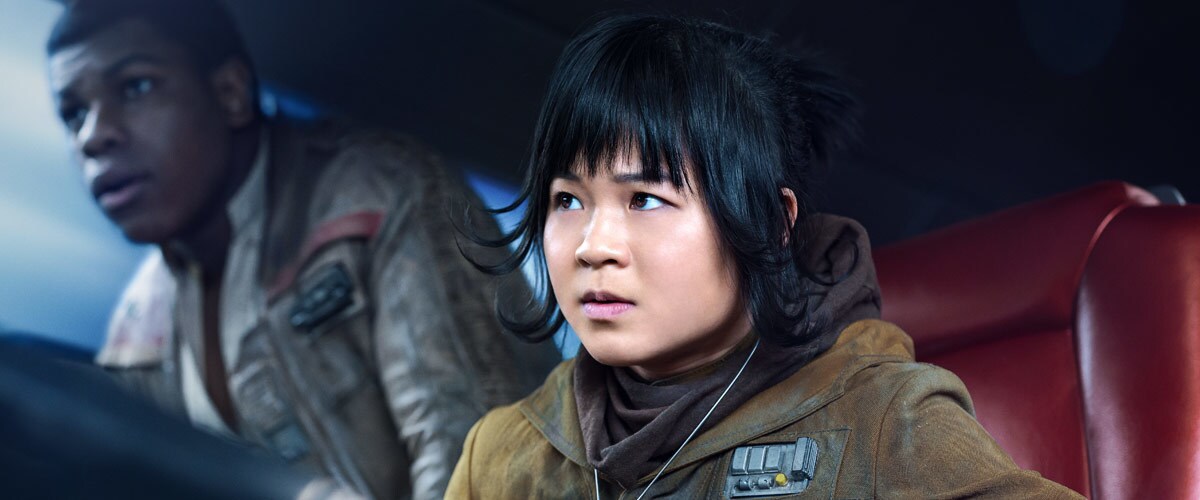
Rise of Skywalker then showed us the three main characters suddenly all buddy-buddy, with even some comic relief thrown in, but as fans we felt cheated because we’d never seen their friendships grow. The original film trilogy was carried through all its absurdities by the wonderful chemistry between its three leads – these three movies fell apart because Rey, Finn and Poe were never permitted any character development. We never even really knew who the main protagonist was supposed to be, or where the overarching story was going.
Bringing back the old characters was a smart move, but even here an opportunity was lost as Luke Skywalker and Han Solo never actually met in the new trilogy, and Han and Leia’s relationship was rocky at best. The old chemistry was gone, and sadly not replaced.
Sequel Trilogy Problem #4: Pandering to non-creative forces
The Star Wars franchise is enormously popular, and no doubt the creative teams were feeling the pressure from the first moment that Disney announced Star Wars Episode VII was coming. There have been many criticisms that the new Star Wars saga has been driven by too many competing creative visions, unlike the simple clarity of the Original Trilogy and Prequel Trilogy under the singular guidance of George Lucas. We don’t know how many studio executives interfered with the creative process, but the appearance of things like porgs (no purpose but good for selling merch) does make us wonder.
But the sharp about-turns between Last Jedi and Rise of Skywalker suggest that the studio also reacted to the loudest complainers among the fandom. Rose was reduced from a main character to a cameo between the two films, Luke’s bitter exile was softened, the men were clearly in command again, and pretty much any shade of gray from Last Jedi was wiped away for old-fashioned good versus evil. It’s as if the studio was reading every vicious Reddit thread and feared a drop at the box office if it didn’t pander to the most extreme fans.
Sequel Trilogy Problem #5: Being afraid to try something new
There’s no denying that The Force Awakens is pretty much a redo of the original Star Wars film, from plot points to settings to themes. But it can be pardoned for some of its similarities to A New Hope due to the real need to ground the Star Wars story back in the same wondrous feeling of the Original Trilogy that many felt was lost in the Prequels.
The Last Jedi is perhaps the most controversial of the three films precisely because it tried to do something new: Rey is nobody, Luke Skywalker is a bitter old man, the Jedi are obsolete, Kylo Ren turns on his master. Although some fans hated these radical changes, others loved the subversive nature of turning the Skywalker saga on its head. Kylo Ren sums it up with his declaration to Rey, “Let the past die.” And the story could have gone in a fascinating direction had Rey accepted his invitation to create something new in the Force. But in her final moments with Kylo she reverted to form, choosing the Jedi way and putting things back right where they’d always been.
The Rise of Skywalker doubled down on rejecting anything new, even going so far as to resurrect Emperor Palpatine as the real villain behind everything, despite absolutely zero set-up anywhere in the previous two outings. We revisited the second Death Star, we got a token appearance from Lando Calrissian, and we got absolutely nothing new or innovative. Loyalty to a franchise as beloved as Star Wars is a good thing, but if a franchise can’t evolve, it will die. (By comparison, look at how much Star Trek has evolved since The Original Series – it occasionally mis-steps, but what a vibrant universe!)
Sequel Trilogy Problem #6: Hiding too much context in the novels and comics
A conscious decision made by Disney, when it took over Star Wars, was to connect all the different media used to tell the story. This meant that every book, comic and even video game would tie into the movies for a single, canon timeline controlled by the Mouse House. This wasn’t a bad idea in principle, but it had unpleasant consequences for fans.
A decade or so after the Original Trilogy was done and gone, novels started appearing that kept the Star Wars universe going with new stories and new characters to complement and develop our beloved heroes. Eventually becoming known as the Expanded Universe, these hundreds of novels and comics added to the rich tapestry of Star Wars – but only for those who wanted to explore it. The three movies were still sacrosanct: nothing in the Expanded Universe changed them. And most of the EU books, comics and games didn’t rely on each other to be complete – fans were free to choose whatever Star Wars media they wanted to consume, without worrying about the odd contradiction.
But when Disney bought Star Wars it declared everything except the six existing movies and the animated TV series The Clone Wars no longer canon. After that, all Star Wars properties were controlled by Disney and designed to be interconnected.
The problem is, the different media are now so interconnected that the movies themselves aren’t enough to tell the whole story. Who is Captain Phasma? Read the novel. How did C-3PO get that red arm? Read the comics. How did the galaxy get from the Rebel victory at Endor to a place with a New Republic, a First Order and a Resistance? Read the series of novels that overrules anything written in the Expanded Universe. How did Palpatine survive undetected and build an entire secret fleet of planet-killing star destroyers? You guessed it… read the comics. In the new crossover world of Disney, watching the Skywalker Saga at the movies is just scratching the surface. To get the full story, you have to buy all the novels, comics and whatever other media gets produced.
Media that supports the movies is great in theory, but only if it provides supplemental information for those hard-core fans who want to dive deeper. If the movies are so bereft of backstory and context that they leave the viewer confused, they’re failing as stories.
Sequel Trilogy Problem #7: Ruining the original triumphant ending
I admit that I might be aging myself with the last problem of the Sequel Trilogy. Basically, it ruins Return of the Jedi. I realize this might not mean anything to the younger Star Wars fans who grew up on the Prequels or Clone Wars, especially since Jedi has come under a lot of criticism from younger fans for not having aged well.
But for those of us who lived through the first releases of the Star Wars movies, Return of the Jedi was exactly the triumphant ending we craved. It was the perfect conclusion to an epic tale of good versus evil: Darth Vader was redeemed, Luke went on to create a new Jedi Order, Han and Leia got married and lived happily ever after, the Emperor was defeated and the galaxy was freed from tyranny.
But what did the Sequel Trilogy give us? Darth Vader’s grandson worships him as an example of evil, Luke has given up, Han and Leia are estranged, the Emperor didn’t die, and the galaxy is under the thumb of the First Order. In other words, nothing that happened in Episode VI matters – it was a momentary upward blip for a longer story set in a galaxy of endless misery and suffering. Wow, thanks Disney.
Again, the first film in the new trilogy can be excused for setting up some of these surprises, because that’s what opening acts do. But Last Jedi and Rise of Skywalker just kept piling on the poodoo, making Return of the Jedi more and more irrelevant.
No sequel should trash a previous film in the same series, yet that’s exactly what the sequels did to Jedi. The only consolation is that they spent a lot of time trashing each other, too, so I guess it was just part of the process.
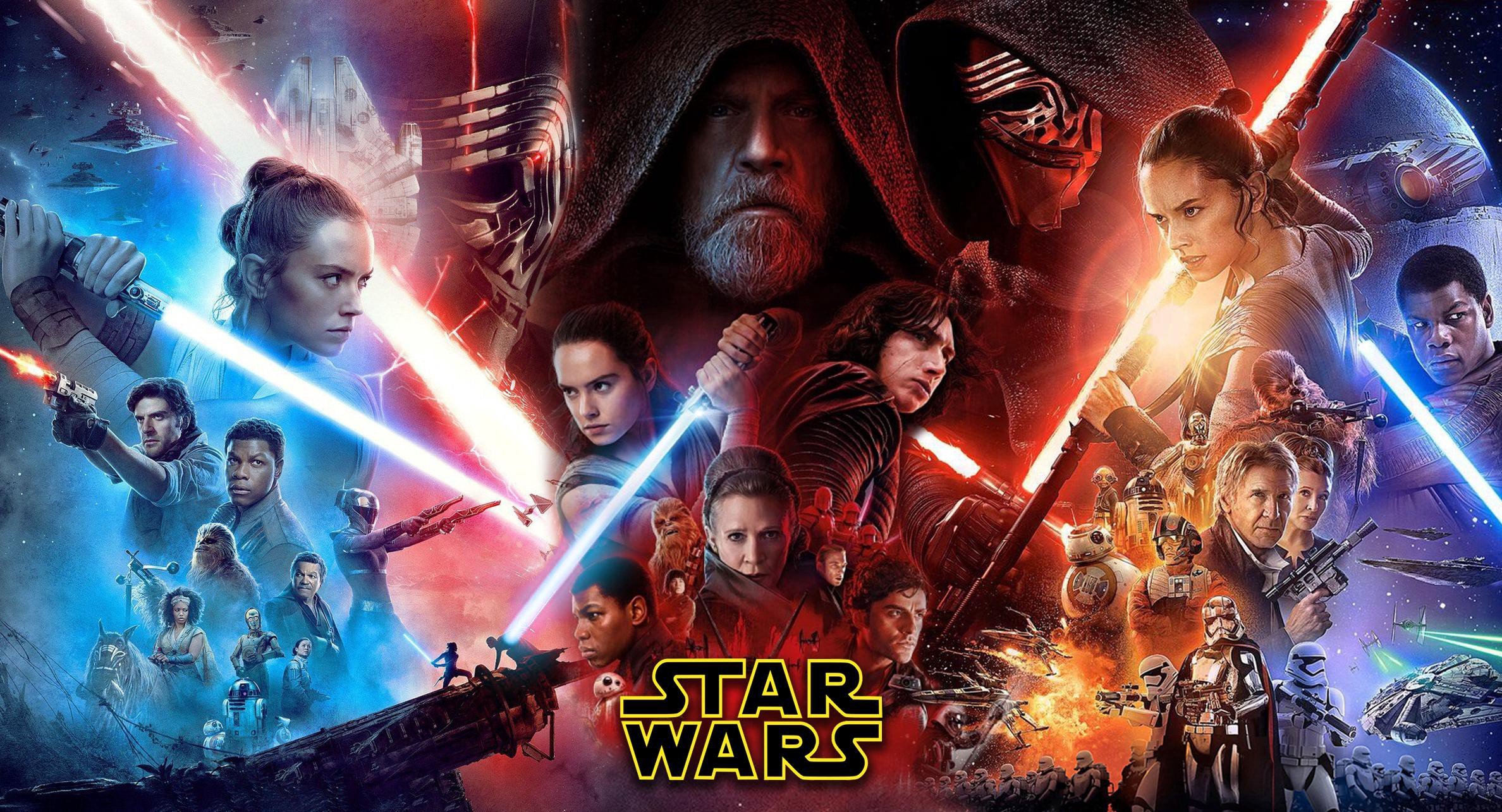
Criticizing the Star Wars Sequel Trilogy in the hopes of getting something better
Having now listed all my beefs, let me state for the record that on the whole I enjoyed Force Awakens and Last Jedi. They have their problems, for sure, but they also had lots of great stuff to enjoy. If Rise of Skywalker had somehow tied everything together brilliantly, this trilogy could have been something great.
But it didn’t. And it wasn’t. The Sequel Trilogy failed as a whole because those in creative control made a bunch of critical mistakes. Rogue One and The Mandalorian have proven that Disney can make excellent Star Wars – let’s hope the right lessons are learned for future stories from that galaxy far, far away.
Bennett R. Coles is an award-winning, best-selling author and ghostwriter of science fiction and space fantasy series. His newest novel, Light in the Abyss, is now available here.
